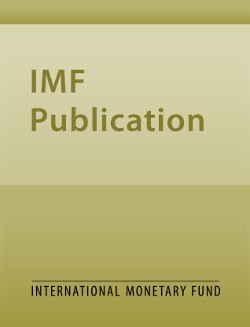
Incomplete Financial Markets and the Booming Housing Sector in China
Incomplete Financial Markets and the Booming Housing Sector in China
READ MORE...
Volume/Issue:
Volume 2020
Issue 265
Publication date: December 2020
ISBN: 9781513561639
$18.00
Add to Cart by clicking price of the language and format you'd like to purchase
Available Languages and Formats
| English |
Prices in red indicate formats that are not yet available but are forthcoming.
Topics covered in this book
This title contains information about the following subjects.
Click on a subject if you would like to see other titles with the same subjects.
Finance , Economics- Macroeconomics , Chinese housing , COVID-19 , Financial market incompleteness , DSGE , WP , financial market , consumption goods , housing investor , mortgage loan-to-GDP ratio , demand and supply channel , housing demand , rental market clearing , Housing , Housing prices , Consumption , Securities markets , Mortgages , Global
Also of interest
Summary
Housing is by far the most important asset in Chinese households’ balance sheets. However, despite forceful and frequent government interventions, the rise in Chinese housing prices has not been contained as much as intended, a trend that has not been reversed by the COVID-19 shock. In this paper, we first provide some stylized facts and then a DSGE model (encompassing both demand and supply channels) to highlight the impact of a “slow-moving” structural vulnerability—financial market incompleteness—on China’s housing prices. The model implies that to eradicate the root causes of the rising housing price, policymakers need to go beyond the housing market itself; instead, it would be desirable to deepen financial markets because these markets would help channel financial resources to productive sectors rather than to housing speculation. This is particularly important in the COVID era because without addressing this structural vulnerability, the higher household savings and the government stimulus may fuel the housing bubble and sow seeds for a future crisis. The paper can also shed light on the housing markets in other economies that face similar vulnerabilities.
Copyright © 2010 - 2025
Powered by:
AIDC



